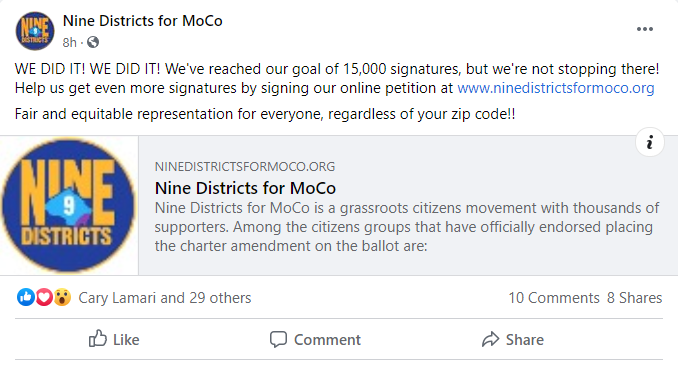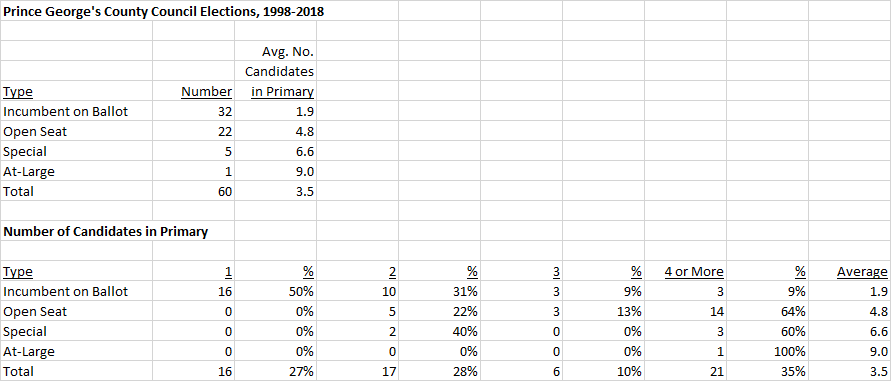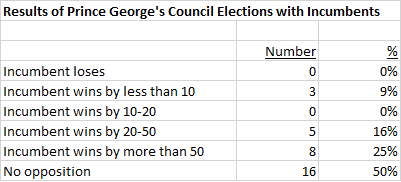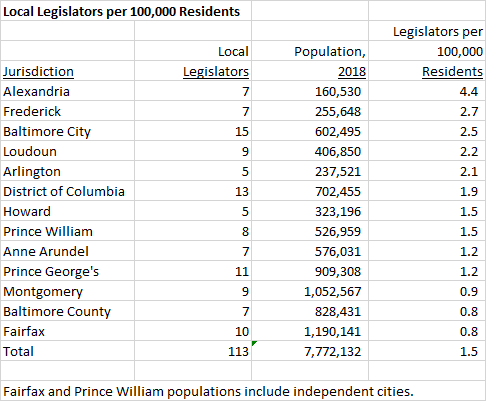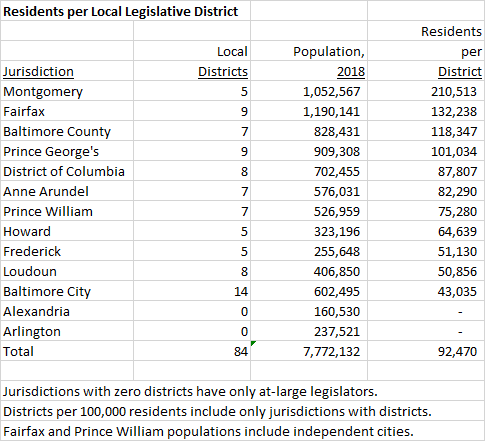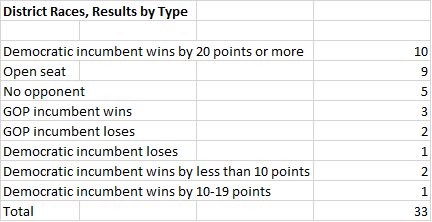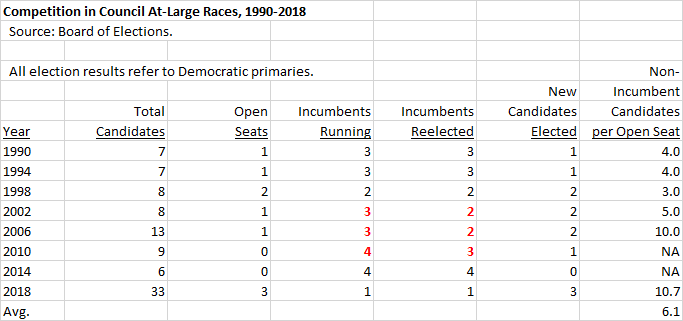By Adam Pagnucco.
Conversations had been going on for a while, but when Nine Districts for MoCo announced that they had gathered 15,000 signatures for their charter amendment, things got real in a hurry. The county council faced a serious chance that they would get involuntarily restructured by angry voters at the ballot box.
Now they had to talk about alternatives.
A majority of the county council is content with the current council structure of five district seats and four at-large seats. They believe that a mix of district representation and countywide perspective serves residents best. It also does not escape them that a new structure of nine districts could complicate their plans for the next election. Of the six members who are not term limited, who would run for which seats in a nine district configuration?
Leaving a potential nine district charter amendment as the only council structure on the ballot would be a crapshoot. What if all the voters wanting change voted for it because it was the only change option on the ballot? So council members discussed placing an alternative charter amendment on the ballot that would be more palatable. What would it be? In devising their preferences, each council member had to consider three factors: what was best for the county (at least in their opinion), what could gather enough voter support to compete with nine districts and what was best for (or at least not injurious to) their own political futures. These being nine very different people at different points in their political careers, this was a very complicated conversation.
Two ideas rose to the top of discussion over the weekend.
Adding two council seats
Last year, At-Large Council Member Evan Glass told the county’s charter review commission (which studies charter amendments and makes recommendations to the council) that “more districts may be warranted.” Indeed, MoCo’s council districts have more than twice as many residents in them as the regional average. One topic of conversation centered on adding district seats with two being the most mentioned number. Another variant was adding one district seat and another at-large seat. Regardless of the nature of additions, this line of thought addressed the need for more seats (and districts) without disturbing the configuration of the existing council and its currently serving members.
Adding an elected council president
The Montgomery County Council does not have a four-year president elected to that position by voters. The District of Columbia, Baltimore City, and Fairfax, Loudoun and Prince William Counties have presidents or chairs who are elected at-large. In Anne Arundel, Arlington, Baltimore, Frederick, Howard and Prince George’s Counties, the council or board selects its own officers, which is the system MoCo currently uses.
With this option, two corollary questions were generated. First, would an at-large council president replace one of the current at-large seats or would it be a brand new additional seat? Second, would the term limit clock “reset” for council president? In other words, if a term-limited council member were to run for council president and win, would that person be entitled to a new set of three consecutive terms? In 2016, when Prince George’s County (which has council term limits of two terms) created two at-large seats to go with its existing nine district seats, the county’s charter language explicitly allowed district incumbents to serve two more consecutive terms if they won at-large seats. The question of how term limits would apply is not an academic one for the three term-limited council members currently in office – Nancy Navarro, Craig Rice and Hans Riemer.
The problem with the council president proposal is not so much on its merits but rather that it is unresponsive to the public discussion, which has focused on two questions: should there be more district seats and should the at-large seats be eliminated? To my knowledge, no mass constituency has come forward and said, “You know, our problems would be solved if we had a permanent council president.” How does this dissuade anyone from voting for nine districts?
As of this writing, it seems the most likely proposal from the council will be to add two more district seats with no elected council president. But the council will not make a decision until Tuesday and there could be more twists and turns on this than on a country road in a blizzard.
Finally, there is one more bizarre possibility: what if the Nine Districts proposal does not make it onto the ballot? The group claims to have 15,000 signatures but the county board of elections has until August 14 to certify them. The group needs to have 10,000 valid signatures for certification; otherwise, regardless of the group’s claims, their amendment will not qualify for the ballot. The county council, however, must decide what question(s) it will put on the ballot this week. And so it’s possible that a council proposal could make it onto the ballot while the Nine Districts proposal fails to qualify.
Regardless of how it all turns out, it seems there is a strong likelihood that change is coming to Rockville.

